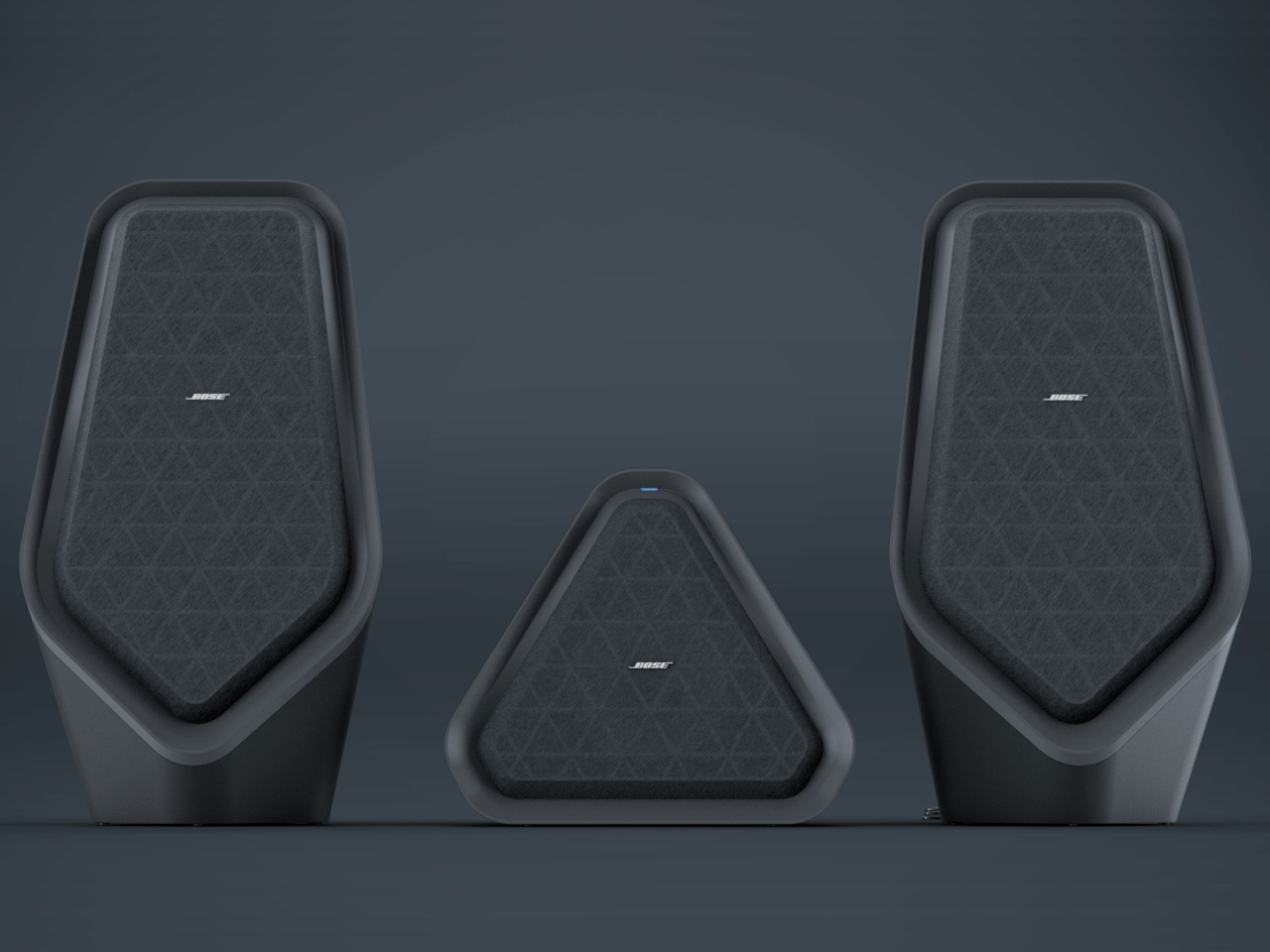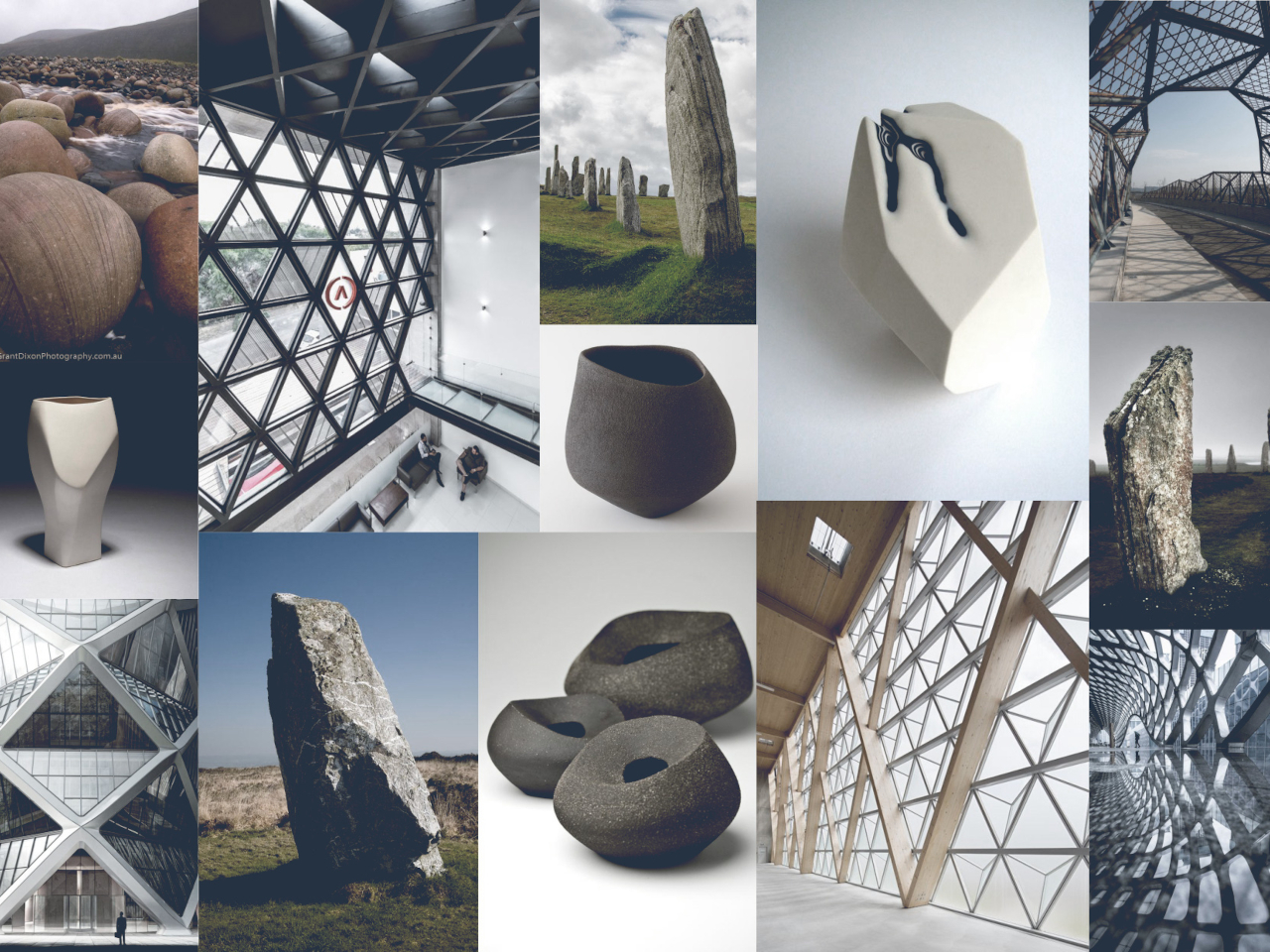
Speakers started out with rather boxy designs that were meant to be more efficient than elegant. This situation has changed over the years, thanks to developments in technology and manufacturing that left a bit of wiggle room for the critical components that make up these pieces of audio equipment. Some home speakers even come in the form of art objects that inject a bit of elegance and sophistication into the room.
That’s not to say that angular, geometric shapes are unappealing, especially if they can be tweaked and embellished with a few details that take them beyond their polygonal appearance. This set of speakers, for example, mash together nature and architecture in a design that makes them look like imposing yet striking rocks. If rocks came from outer space, that is.
Designer: Santiago Lopez


Although a monolith technically refers to a geological feature, the word has also taken a different meaning throughout history and culture. On the one hand, you have monolithic man-made structures like obelisks dating as far back as Ancient Egypt. On the other hand, you also have fictional objects like the iconic black monolith from Arthur C. Clarke’s Space Odyssey science fiction series. It is a word that inspires both awe and creativity, combining both natural formations and artificial creations in a single thought.
Those are the kinds of emotions that this Monolith speaker concept design tries to convey. On the one hand, they resemble large boulders naturally rising from the floor of your living room. On the other hand, their sharp angles and clean lines clearly convey an artificial nature, keeping their technological roots clear and unambiguous. The dark motif, paired with a few discreet light indicators, also gives it a sci-fi vibe, as if the speakers were miniature spacecraft from an advanced alien civilization.
There are also a few subtle details that give the Monolith speakers some added charm. The front and the back of the speakers use triangular grilles to visually set themselves apart from typical perforations, but the front also utilizes a transparent fabric to make that pattern less conspicuous and distracting. Physical buttons lie on top of the speakers to control volume and power, while the rest of the connectors and switches are conveniently hidden on their backs.
It’s possible to connect all three speakers of the set using cables, creating the semblance of a starship fleet ready for take-off, or they can be distributed across the area and communicate over Bluetooth instead. The Monolith speaker concept doesn’t drastically change the design formula but combines inspiration from nature with technical sensibilities to deliver a more striking aesthetic that doesn’t compromise on space efficiency for the components inside.